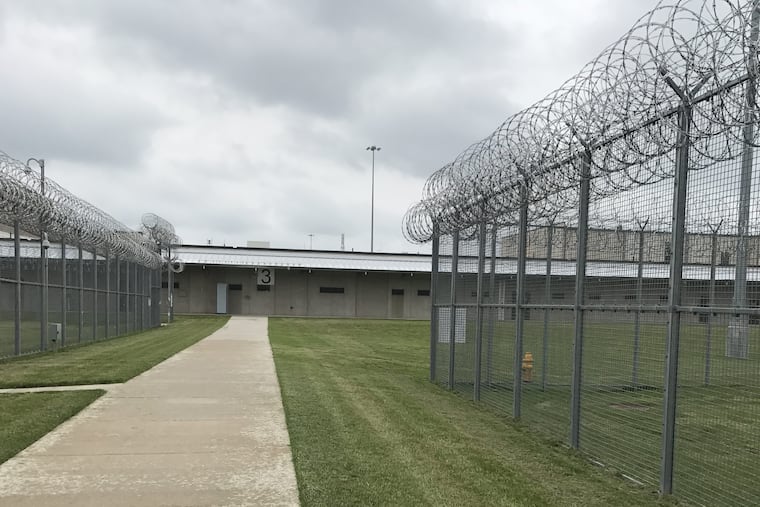Pennsylvania prisons to begin lifting lock downs without universal testing
But officials acknowledged “full community spread” at the state’s oldest operating prison, State Correctional Institution Huntingdon, where two men died this week and 158 prisoners have tested positive.

Pennsylvania state prisons — which have been locked down for nearly two months, keeping most prisoners in their cells at least 23 hours a day — will begin returning to a new normal on May 26 as coronavirus infections ebb across much of the state.
“I don’t think it’s smart to keep a whole system locked down,” Corrections Secretary John Wetzel said Friday, outlining a plan that would gradually increase movement of prisoners as counties across Pennsylvania start to reopen. The plan includes quarantining new arrivals, as well as testing those being transferred or released. However, it does not include universal testing because, in Wetzel’s view, the tests can be inaccurate.
Wetzel praised the system’s response for managing infection rates. “What we did has clearly put us in a position where we can start working back to normal," he said.
But he also acknowledged that there had been “full community spread” at the state’s oldest operating prison, the State Correctional Institution Huntingdon, where two men died this week and 158 prisoners have tested positive.
» READ MORE: Pennsylvania prisoners are spending the pandemic locked in “bathroom-like” cells 23 hours a day.
According to Wetzel, infections there are now declining.
“We built three additional isolation units to be able to separate symptomatic positive cases from the rest of the population, and I think that allowed us first and foremost to keep the number of individuals who needed hospitalization below the infrastructure of the community. There were a couple days there that were touch-and-go, frankly.”
For those incarcerated at Huntingdon, though, “anxiety is pretty high, with a matching distrust of the administration,” said Darryl Johnson, a prisoner, who watched several friends removed to a quarantine site in the prison’s gym.
“Those returning from the gym explained that they wait until the very last minute to take those to the hospital who were put on respirators,” he said. “The vibe is akin to being a pig corralled in a slaughterhouse."
» READ MORE: He died in prison from the coronavirus — three days before a breakthrough in his 30-year fight to clear his name
Wetzel acknowledged that the design of Huntingdon — with its close quarters and its four-tier-high cell blocks with open-grate cell doors — is not conducive to containing the spread of infection.
That’s why some prisoners believe widespread testing was necessary there. “If they don’t start doing massive testing now, every inmate is going to get infected," said Glen Byrd.
The reopening plan calls for allowing prisoners to move in gradually larger groups, while maintaining social distancing. Like everyplace else, the prisons are rethinking how they handle such things as communal dining, installing plexiglass dividers on dining-hall tables or experimenting with to-go meals. In-person visits will not resume until the entire state is fully reopened, and it’s unclear what new safety measures will be instituted. Video visits, which were introduced in March as part of the pandemic response, will remain available, Wetzel said.
Advocates are urging the Department of Corrections to incorporate widespread testing into its reopening plans.
“At least then you can know where your curve is, and you can try to precision-quarantine people in an environment where social distancing is impossible,” said Robert Holbrook, an Abolitionist Law Center staffer who spent time at SCI Huntingdon in the 1990s. He’s concerned that when there are future outbreaks, lock downs will resume.
Right now, he said, “the entire system is in solitary confinement, and that creates stress,” particular among those with preexisting mental health issues.
Claire Shubik-Richards of the Pennsylvania Prison Society said her organization has been interviewing correctional medical experts for guidance on how to safely permit greater movement within the prisons. The feedback they received was that increased outdoor time — currently restricted to once every four days, or even once a week, in some institutions — is crucial.
In prisoner surveys, they’ve heard that the atmosphere inside has grown tense.
“Giving people outside time," she said, "is one way to mitigate that.”